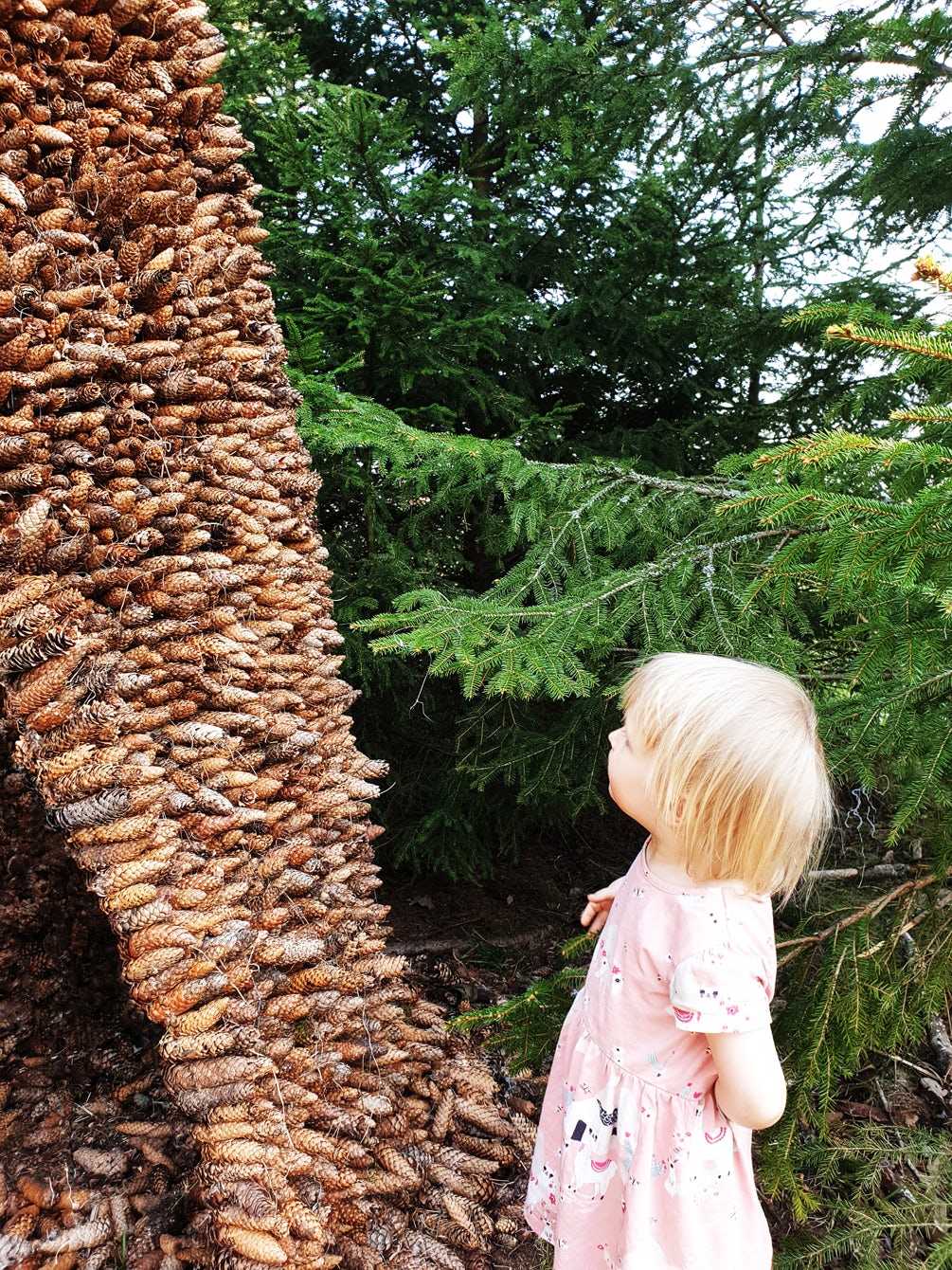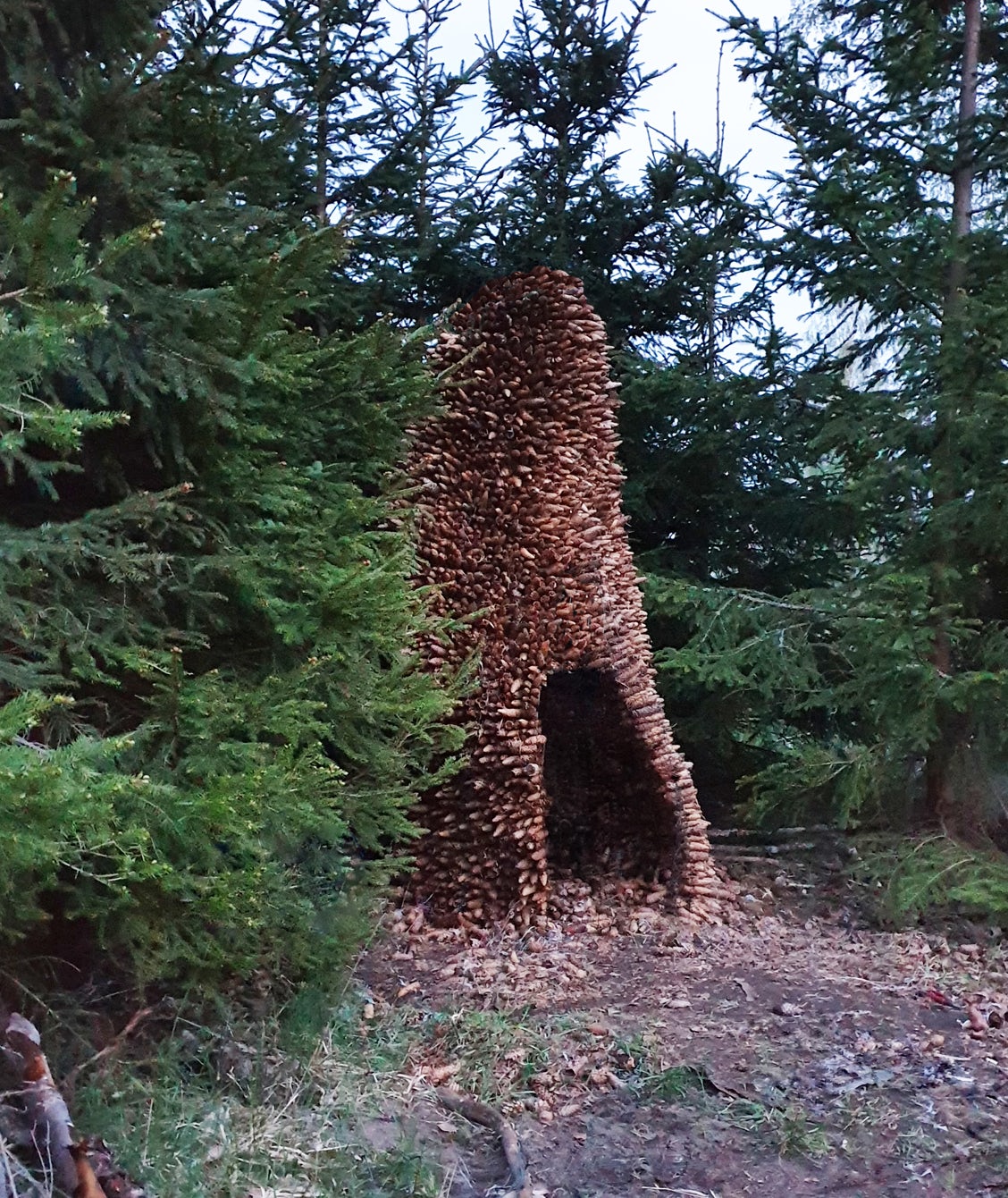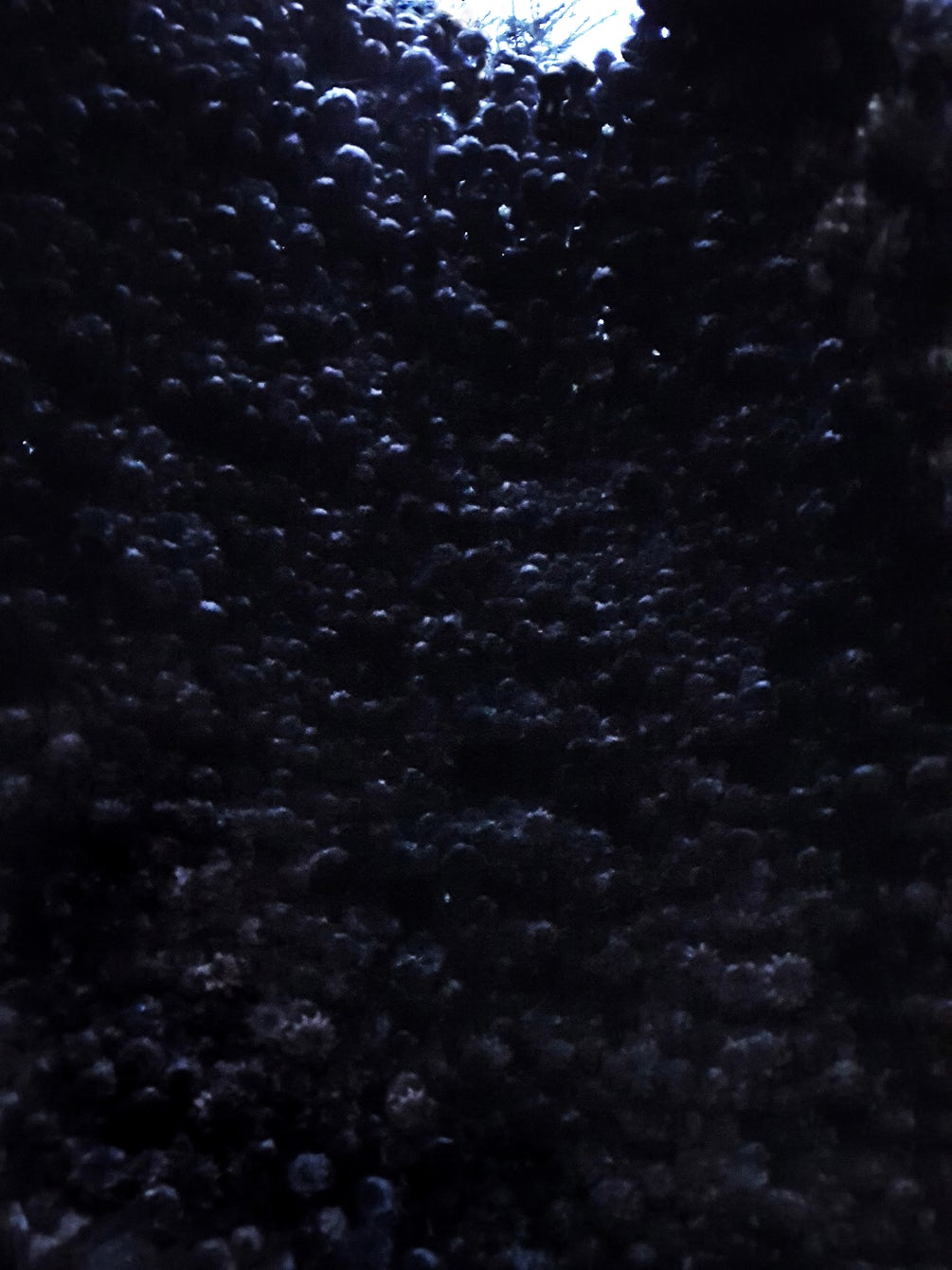Cone Hut // Ulf Mejergren Architects (UMA)
Text description provided by the architects.
– A hut made out of spruce cones –
70 % of Sweden is covered with forests, often dominated by cone-bearing trees like spruce and pine.
The pine produces quite small and spherical cones while the spruce has longer, cigar-shaped ones.
The spruce cones develop from the red female flowers that sit at the far end of the branches, and it takes about a year from the time the flower is fertilized until the cone releases the seeds.

© Ulf Mejergren Architects (UMA)
However, the spruce doesn’t bloom every year, just when the weather conditions are extra favorable, between every third to tenth year.
The year when it produces cones is called a “cone year” and sometimes the production can be so overwhelming that the tree tops can collapse from the weight of all the cones.

© Ulf Mejergren Architects (UMA)
When the cone has matured it opens to spread its seed and then after a while it falls to the ground where it will slowly molder away.
Walking into a forest you will probably see tens of thousands of cones lying around on the ground in various conditions and ages.

© Ulf Mejergren Architects (UMA)
The cones come with amazing built-in mechanics that make the cone open or close depending on if it rains or is sunny, even when they are detached from the tree.
When they are open, we found out that the scales can interlock with each other when they are twisted together.

© Ulf Mejergren Architects (UMA)
They are also much lighter when they are drier compared to the closed water-soaked cone.
To investigate this material further we decided to build a hut out of spruce cones.
Even if the cones interlock nicely, they are not very rigid as a structure.
We did early tests using resin from spruce to stick them together, but the pile of cones soon collapsed since they are pretty irregular and wobbly.

© Ulf Mejergren Architects (UMA)
We ended up building a mesh frame where we placed as many cones as possible to fill the gaps.
We inserted the cones in the mesh with the end side first which made it possible to twist and pull the cone a bit to lock its scales into the mesh and with the other cones, creating a system that didn’t need any adhesive.

© Ulf Mejergren Architects (UMA)
Since the scales are locked between each other it doesn’t lose its grip when the scales are closing when it rains.
To create a nice massive cone appearance, we decided to glue an extra layer of cones with spruce resin to the structure to hide the mesh at the entrance and at the top where we left an unprotected skylight that makes a nice light effect to the interior at daytime and even at night from moon light since there are no other light sources present.

© Ulf Mejergren Architects (UMA)
Soon insects began to seek shelter in the scales and a nice humming sound now surrounds the Cone Hut, which is our second Primitive Hut in our series where we explore and create shelters from basic materials, often found in nature..

© Ulf Mejergren Architects (UMA)



